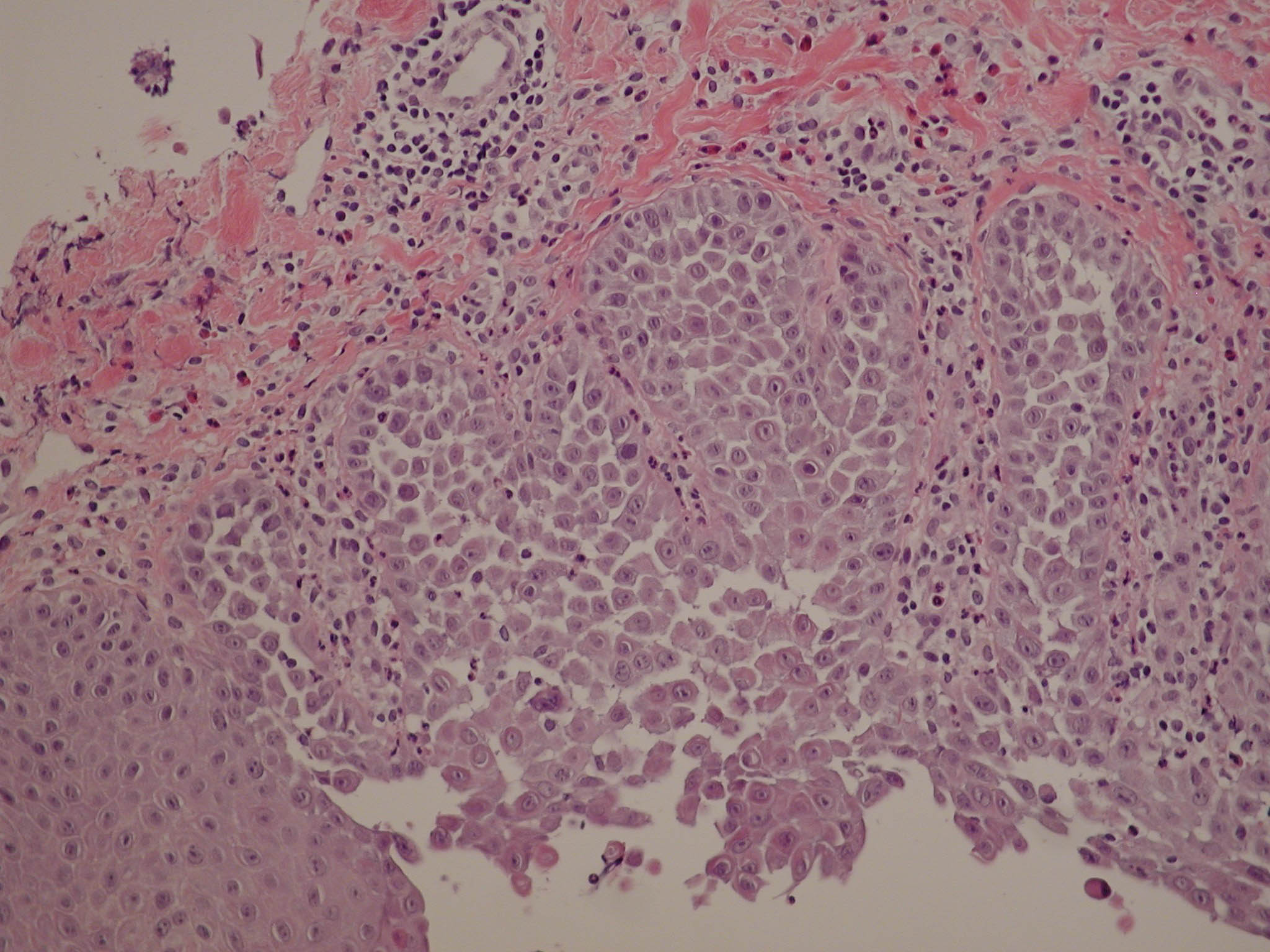J Cosmet Laser Ther. 2001 Dec;3(4):181-4.
Source
Department of Dermatology and Allergology, University of Jena, Germany.
Abstract
BACKGROUND:
Hailey-Hailey disease is an autosomal-dominant blistering disease affecting the intertriginous skin. Dermabrasion and ablative laser treatment are known to be curative. Sweating is a common aggravating factor. Botulinum toxin A (BTXA) has been shown to inhibit sudoriferic nerves.
OBJECTIVE:
To evaluate whether a treatment with BTXA induces remissions and can compete with ablative therapy. To compare dermabrasion with erbium:YAG laser therapy.
METHOD:
Case report with side-by-side comparison. We used intracutaneous BTXA on both sides of the submammary region. Four days later a limited area of 25 cm(2) on each side was treated with either dermabrasion or erbium:YAG laser. The follow-up was 12 months.
RESULTS:
Wound healing was complete within 7 days after erbium:YAG laser and two weeks after dermabrasion. Areas treated with BTXA alone also showed complete remission within two weeks. During a follow-up, no relapse occurred with either treatment.
CONCLUSION:
BTXA is capable of inducing remissions of Hailey-Hailey disease without abrasion for at least 12 months. Among ablative treatments, erbium: YAG laser therapy leads to a more rapid wound closure than dermabrasion, with both causing complete remissions.
